About Photography: Optical Distortion
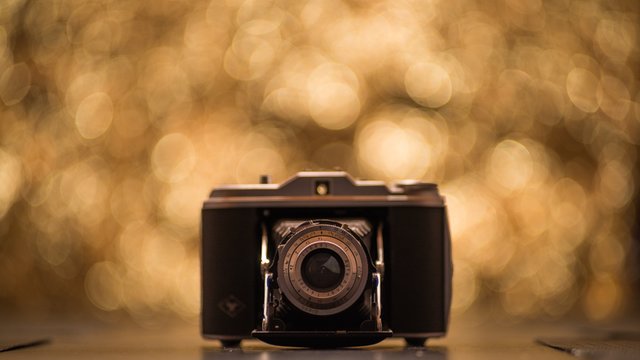
Distortion
is part of photography. Our lenses and perspective can dramatically change our images from artistic barrel distortion to oversized faces.
There are two types of distortion: optical and perspective distortion. I talked about perspective distortion in my last post. It's relative size differences between close and distant objects. Perspective can make some interesting pictures.

Barrel Distortion
Barrel distortion bends the image inwards on the edges. It occurs mainly with wide angle lenses whose field of view is far greater than the image sensor. The image is squeezed.
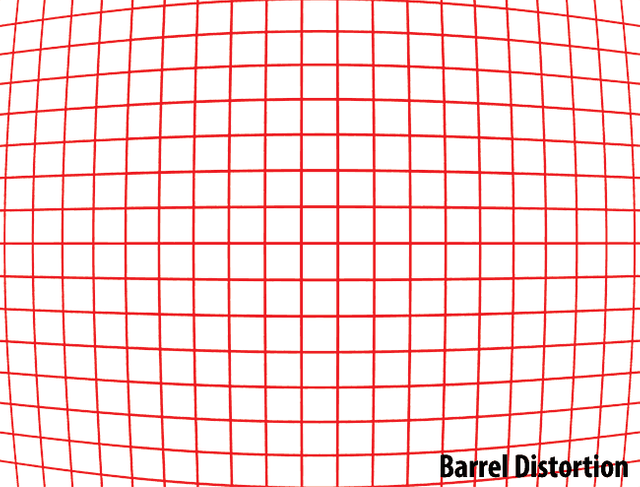
This happens because the magnification changes along the edges.
Though it's most present in wide angle lenses it also occurs on other lenses with a close focus. There are lenses with compensating elements, but these make the lenses bigger and more expensive. Getting rid of barrel distortion completely is impossible. Programs like Lightroom can correct the deformation afterwards according to most lens profiles.
Pincushion Distortion
It's the opposite of barrel distortion. It happens mostly with telephoto lenses and happens due to image magnification towards the edges of the frame. Because the field of view is smaller than the size of the image sensor the image gets stretched out onto the sensor.
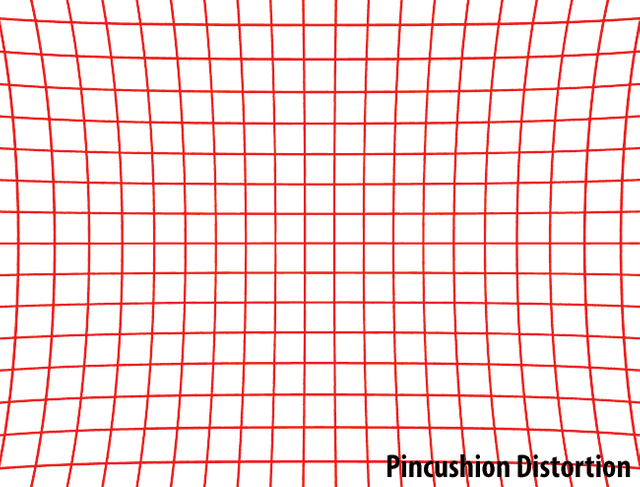
Many expensive telephoto lenses have compensators built in to deal with this distortion. Most zoom lenses have this kind of distortion. It can be fixed in image processing programs.
Mustache Distortion
Mustache distortion exhibits traits from both the previous distortions, but can't be treated for neither. It's also referred to a complex or wavy distortion.
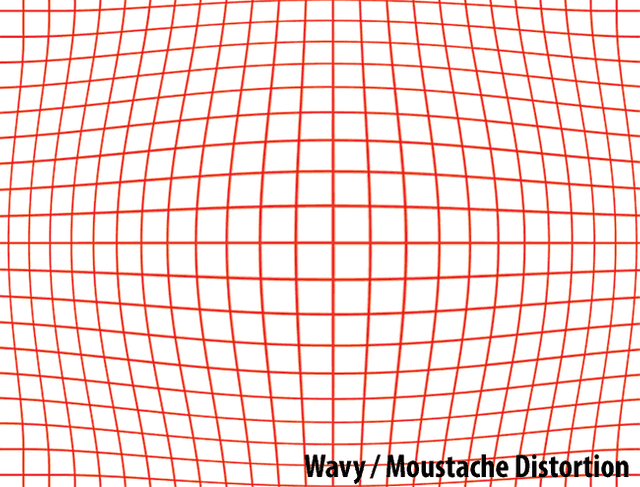
You can get rid of it with correcting software with specific a profile for any particular lens.
Rectilinear vs Curvilinear Lenses
Rectilinear lenses keep from bending straight lines to resemble human vision. By doing so they stretch the image out. Curvilinear lenses bend straight lines. These are usually fisheye lenses.

These lenstypes are usually found among wide angle lenses.
When should we embrace or get rid of them?
While distortion looks unnatural it has an intensifying effect on images. The subjects can be better distinguished from the background or surroundings. Many hectic situations could benefit from distortion. There's also an artistic beauty to distortion.
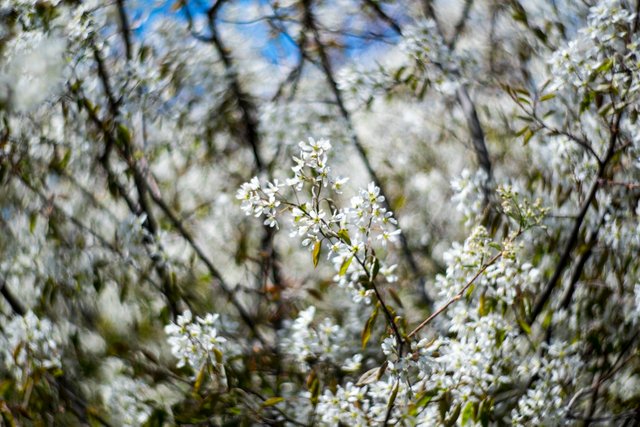
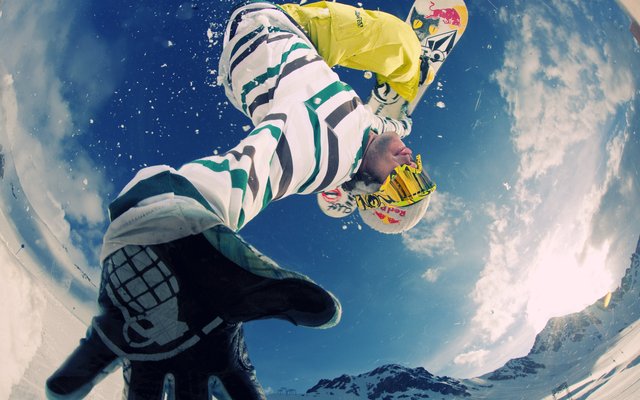
Sources
https://photographylife.com/what-is-distortion/
http://clickitupanotch.com/2014/06/lens-distortion/

Nice post. Would be interesting if you do a post about Rolling and global shutter. Followed you for more!
Good ideas, thanks! @randompace
Interesting post. Is there any way as to how to mitigate the effects of these distortions by taking picture composition into account?
(Like not having any changes of scenery (mountains -> sky) in the neigbhourhoud of the area where the distortion becomes notable?
Try to avoid straight lines, they'll get bent, but mostly you can correct it in post.
I usually don't think about distortion while shooting, the effects are hardly noticeable and easily fixable afterwards.
Great post! ☆☆☆☆☆😎
thanks! @michaelstobiersk
You're welcome.
Great and informative post from a pro! Thanks for sharing your knowledge, my friend! Upvote of course!
Thank you for stopping by!
educative, thank you i learned something new today @sulev
Glad you enjoyed it @makerslab :)
Stunning and relevant post my friend! (;
thank you :) @lordemau
Nice informative post!
I love it 2 use my fisheye lense...create these crazy perspective behind the scene...thats awesome...vote up! Very good post!!